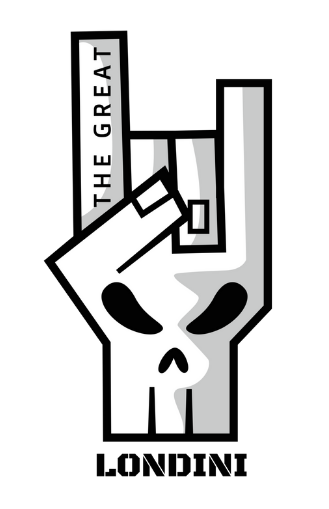Meaning of Veterans Day
While many realize that Veterans Day, which always falls on November 11, is a day to honor our Veterans, few realize the historical significance behind the day.
Veterans Day originated as Armistice Day and marked the end of hostilities of World War I that occurred at the 11th hour on the 11th day of the 11th month. Therefore, the day is always recognized on November 11th, regardless of the day of the week the 11th falls on.
In 1919, President Wilson commemorated the first Armistice Day with these words:
“To us in America, the reflections of Armistice Day will be filled with solemn pride in the heroism of those who died in the country’s service and with gratitude for the victory, both because of the thing from which it has freed us and because of the opportunity it has given America to show her sympathy with peace and justice in the councils of the nations…”
The day was originally set aside to honor the Veterans of World War I with a day of parades and remembrances as well as a pause in activities at 11 a.m. on the day.
In 1938, it was made a legal federal holiday for all.
However, after World War II and the Korean War, Congress recognized a need to expand the meaning of the day to recognize all of our Veterans and not just those of World War I.
In 1954, the word “Armistice” was replaced with “Veterans” as a way to formally include all Veterans of all American wars in the day of remembrance.
Today, Veterans Day is a federal holiday which many cities celebrate with parades and ceremonies.
In Washington, D.C., there are ceremonies throughout the city including a wreath laying at Arlington National Cemetery.
Veterans Day is a day not only to remember those who died in service to our country, but also to recognize those who continue to serve today.
Americans are encouraged to say thank you to those who fulfill this patriotic duty to maintain the freedoms of our country.

